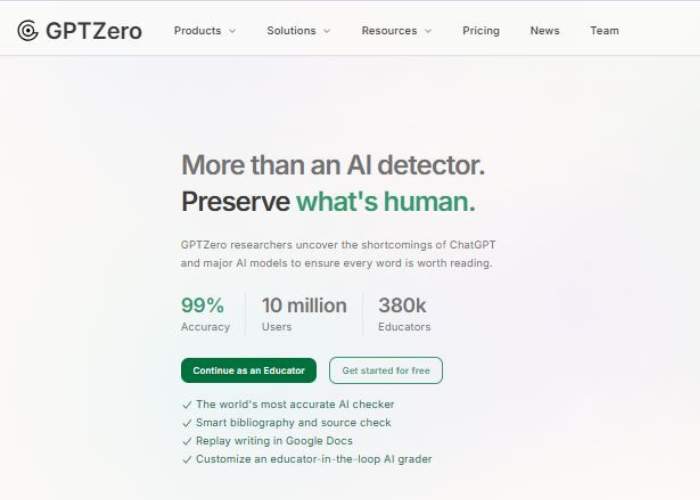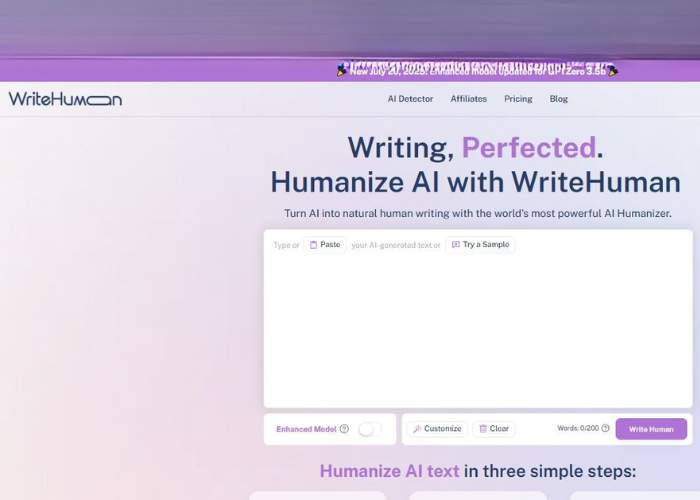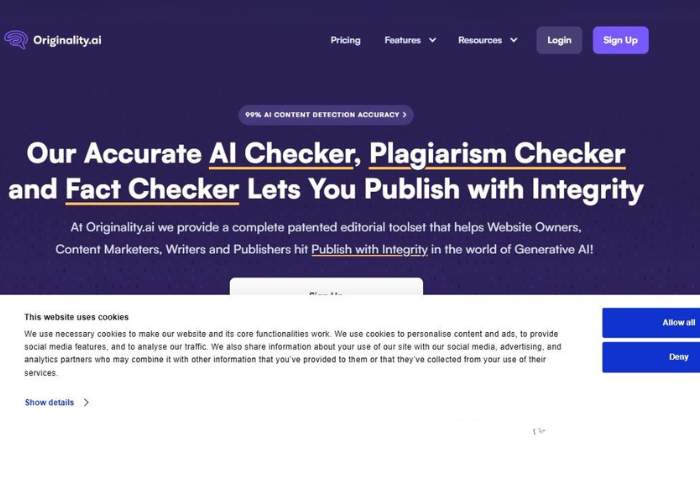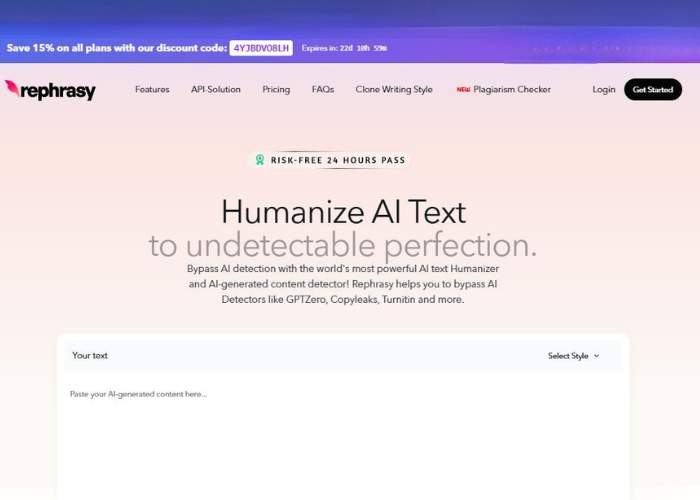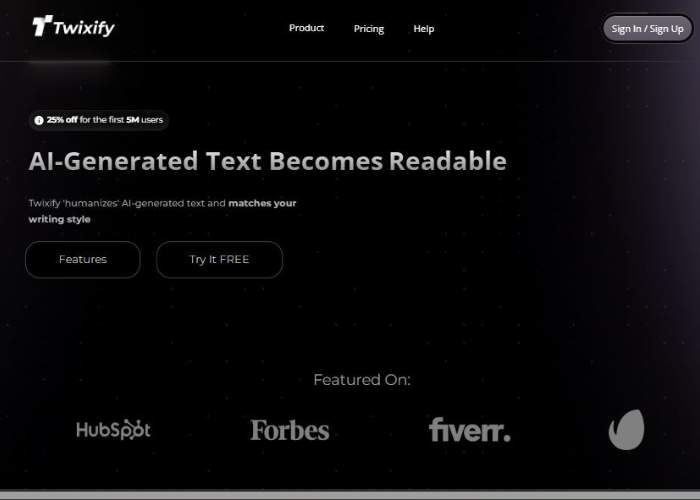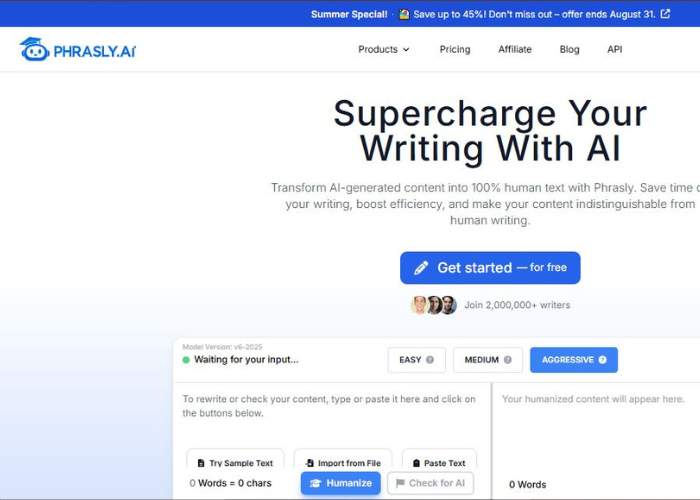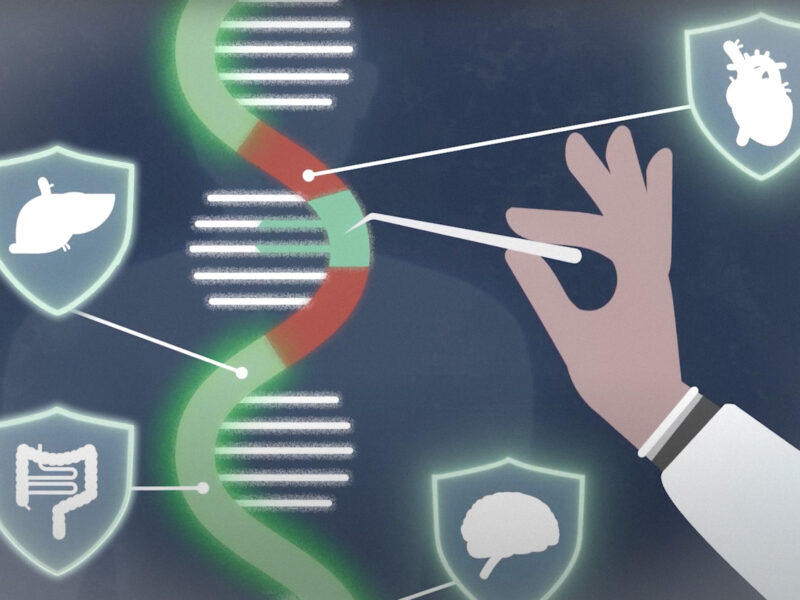There’s something oddly nerve-wracking about running your work through an AI and plagiarism detector. It’s a bit like going through airport security—most of the time, you know you’re fine, but you still feel like the scanner might beep and everyone will turn to look.
As AI writing tools have become more common in academic, creative, and professional settings, the ability to spot AI-generated content has turned from a niche concern into a mainstream necessity.
I decided to do what any mildly obsessive writer would do: test as many AI plagiarism checkers as possible and see which ones actually deliver. Not just for catching copy-paste jobs from ChatGPT, but for finding the subtle, polished, almost-too-perfect sentences that scream “machine-made.”
Here’s how they fared.
Why AI Detection Matters in the Plagiarism World
Plagiarism detection has been around for decades, but the AI twist is a whole new ball game. Traditional plagiarism tools look for matches against a database—AI detection tools are trying to read between the lines, spot statistical patterns, and figure out if your work “sounds” like a bot wrote it.
This isn’t just academic paranoia. Companies are using AI detection in hiring processes, universities are ramping up checks before grading, and some publishers refuse to accept anything that smells even slightly synthetic.
A good AI plagiarism checker doesn’t just flag issues—it gives you the why. Without that, it’s like being told your essay “feels wrong” without any proof.
See the top AI Detection Tools
Winston AI – Best for Teacher-Friendly Reports
Winston AI feels built for educators who need crystal-clear reports they can actually show to students.
Core Features
- AI and plagiarism detection in one scan
- Visual “heat map” showing AI probability across the document
- Easy-to-read summaries for non-technical users
- Cloud-based storage for multiple reports
Use Cases
Perfect for teachers grading large classes, or small business owners checking freelance submissions.
Opinion
I like how it balances sophistication with simplicity. You don’t need a data science degree to understand the results, but it’s still thorough.
Best Plagiarism Checker That Detects AI Content
GPTZero’s charm is its no-nonsense approach. It doesn’t fluff up results—it just gives you the data and lets you decide.
Core Features
- Fast AI probability scoring
- Sentence-by-sentence breakdowns
- Designed for both educators and students
- Lightweight, works on most browsers without lag
Use Cases
If you’re on a tight deadline and need to know instantly whether your text could be flagged, this is your go-to.
Opinion
Not the prettiest interface, but like a reliable old pickup truck, it gets you where you need to go without fuss.
While primarily marketed as a humanizer tool, WriteHuman doubles as a quick AI detection tool before rewriting.
Core Features
- Detects AI content before offering reworded alternatives
- Preserves original meaning while adjusting sentence flow
- Options for academic, casual, or professional tone
Use Cases
For students or professionals who draft with AI but need the final version to pass as authentic human writing.
Opinion
It’s like having a second pair of eyes that not only spots the problem but fixes it for you.
This one’s a heavyweight. Originality AI is aimed at professional content teams, but ambitious students and researchers can benefit too.
Core Features
- AI detection + deep plagiarism scanning
- Team management features for shared accounts
- Historical tracking to compare versions over time
Use Cases
Great for academic researchers working with large literature reviews or agencies managing multiple writers.
Opinion
The learning curve is a bit steep, but the depth of data is unmatched if you take the time to explore it.
Rephracy isn’t just about detection—it’s a solid rephraser that helps reduce AI-like patterns after they’ve been flagged.
Core Features
- Multiple rewrite styles for different contexts
- Longer text handling without breaking structure
- Side-by-side comparison of original vs. rewritten text
Use Cases
For students who have sections flagged by detection tools and want several rewrite options to choose from.
Opinion
It hands you choices, which I appreciate. You’re still in control of your writing.
Twixify is a minimalist tool with a knack for speed.
Core Features
- Simple AI detection interface
- One-click rewriting for flagged sections
- Works best on shorter snippets of text
Use Cases
Last-minute touch-ups on emails, short essays, or blog posts.
Opinion
Not a deep-dive tool, but excellent for those “I need this fixed in five minutes” moments.
Phrasly’s strength is its subtlety—it improves sentences without stripping away personality.
Core Features
- Context-aware rephrasing
- Several tone and style options
- Gentle rewriting that doesn’t feel generic
Use Cases
Great for anyone whose work technically passes AI detection but still feels too stiff.
Opinion
More of a polish-and-shine tool than a full repair kit, but it’s one I keep coming back to.
Conclusion & My Top 3 Picks
After testing all of them, here’s what I’d recommend:
- Winston AI – If you want detailed, teacher-friendly reporting that’s easy to explain to others.
- Originality AI – For heavy-duty research or content projects where accuracy is everything.
- WriteHuman – For those who not only want detection but a tool that helps transform flagged text into natural writing.
If you just need something quick and free, GPTZero still holds up. For rewrites with flexibility, Rephracy wins. And for small, urgent edits, Twixify is your friend.
